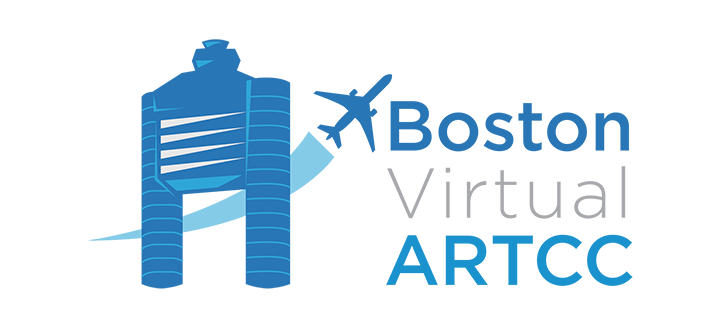Flights
Pre-Flight Checks
Our three-part Pre-Flight Checks series walks pilots through everything needed to get connected to VATSIM and start flying. From making an account, configuring your simulator, choosing a callsign, filing a flight plan, and more, this precursor to the WINGS series will help you get the most out of your online ATC experience.
Especially if you're new to our community, we recommend completing the Pre-Flight Checks before starting out on the 30 WINGS flights.
Pre-Flight 1 and Pre-Flight 2 can be completed any time; Pre-Flight 3 requires a controller to be online (at any airport in Boston ARTCC airspace).
When you're ready, start with Pre-Flight 1, which walks you through our community's resources. You'll then be directed through Part 2 (Simulator Setup) and Part 3 (Getting Connected). By the end of the three-part series, you'll be connected to the network and have spoken to with BVA controller.
When you have completed the three-part Pre-Flight Checks series, you're ready to begin the WINGS program.
Choose Your Experience
For the best experience, BVA recommends flying the full program, starting with VFR 1 and working sequentially through the others. The flights were designed to be flown this way as each flight's training material builds on concepts covered in previous flights. As the program is written, it builds from VFR, to simple IFR with conventional navigation, then covers more complex IFR subjects before introducing RNAV. Plus, to be considered a WINGS graduate, you'll need to have achieved all ratings.
However, we also know that not all virtual pilots find enjoyment (or even a need) to understand all aspects of flying. You might not care much about VFR and airspace rules if all you want to do is fly a jetliner. Similarly, if you feel comfortable flying ILS approaches and want a new challenge, you might want to skip to more complex material.
For this reason, we've identified four sets of flights that pilots who don't want to fly the entire program might want to consider: VFR, Airlines, Complex IFR, and RNAV. Although you won't get the same, fulsome experience if you choose to only participate in one of these sets, you'll still get a great experience. The flights included in each set have been specifically reviewed to ensure that you'll receive enough prerequisite knowledge to complete the challenges without having completed the preceding flights.

Get Started!
Whether you're flying one of the subsets above or you'd like to start at VFR 1 and work through the full program, we hope you'll enjoy the learning packed into the 30 WINGS flights shown below. To get flying, click the name of a flight in the table to view the training materials associated with the flight.
|
| IFR Flights |
|
